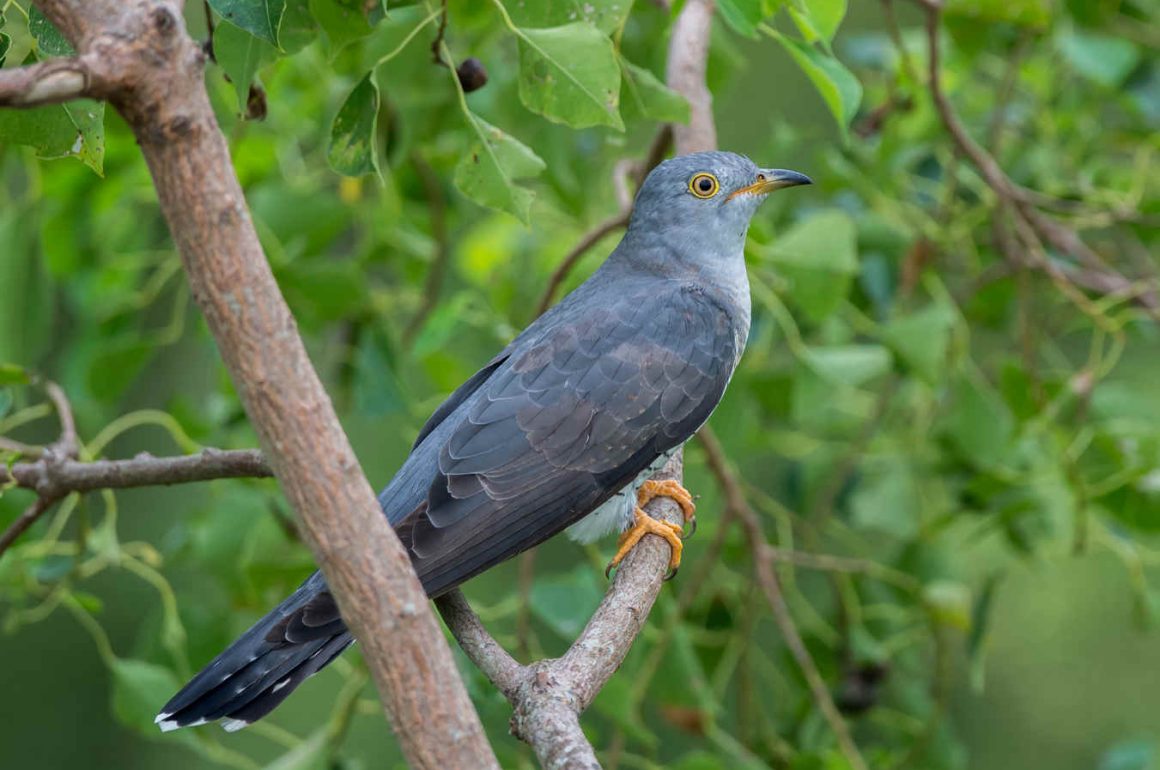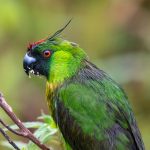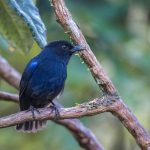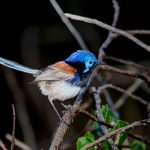
Recently, a Common Cuckoo was photographed on a golf course on Long Island, New York. The bird was a thrilling sighting for local birders. But how did a bird native to Europe and Asia end up so far from its normal range?
Ornithologists call this vagrancy. It means that a bird has wandered, been blown off course by weather, or otherwise transported to a locale beyond its normal range.
There are several explanations for vagrancy. Some birds are born with faulty migration information. They don’t fly in the correct direction with their fellow migrants. They usually perish along the way. Other birds may get caught in stormy weather while migrating. Most adult birds who survive will reorient their flight path and continue to migrate to their wintering grounds. Occasionally, birds will fly into the hold of a plane or hitch a ride on an ocean-going ship. Again, most will perish because they can’t survive in the foreign habitat. Also, as ornithologists learn more about migration, they realize some birds are wanderers. Finally, some of those birds are pioneers, looking for new places to inhabit.
In the future, if you get a chance to see a rare bird, try to appreciate the adventures it has encountered.
Photo: Common Cuckoo, Nanhui, Shanghai, September 2021












Leave a Comment